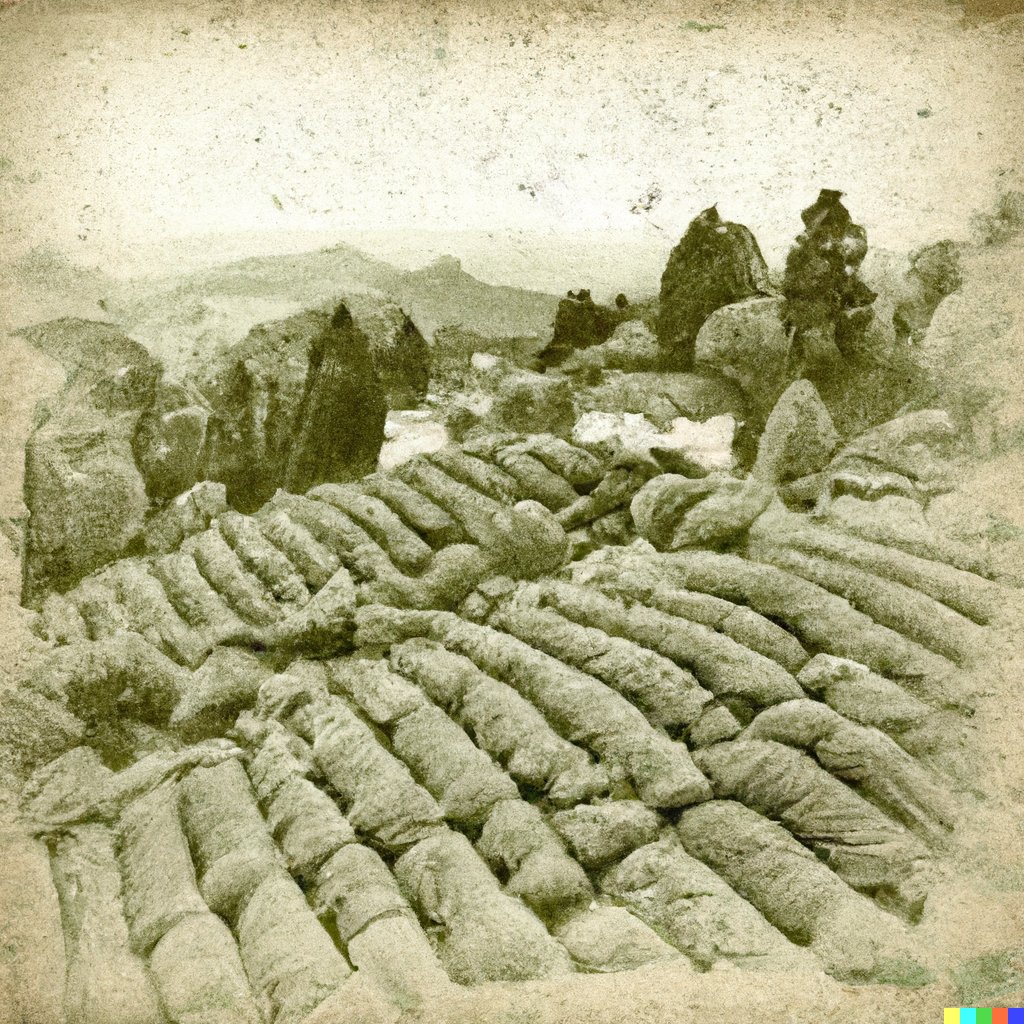
Tea is one of the most popular beverages in the world, enjoyed by millions of people on a daily basis. Its history is long and rich, spanning thousands of years and countless cultures. From its origins in China to its spread throughout the world, tea has played an important role in shaping earth’s global history.
The origins of tea can be traced back to ancient China, where legend has it that the Emperor Shen Nong discovered the beverage in 2737 BC. According to the legend, the emperor was boiling water under a tree when a leaf from the tree fell into the water, giving it a pleasant flavor. Intrigued, the emperor drank the water and discovered that it gave him a sense of alertness and clarity.
Tea was first used in China for medicinal purposes, and it wasn’t until the Tang Dynasty (618-907 AD) that it became a popular beverage. During this time, tea was prepared by roasting and pulverizing tea leaves before they were boiled in water. This method of preparation changed in the Song Dynasty (960-1279 AD) when loose-leaf tea was introduced. This allowed for a greater range of tea varieties and flavors to be developed.
The popularity of tea in China soon spread to other parts of Asia, including Japan, where it became an important part of Japanese culture. Tea ceremonies became an integral part of Japanese society, with elaborate rituals developed around the preparation and serving of tea.

Tea was introduced to the Western world in the 16th century, when Portuguese and Dutch traders began importing it from China. It wasn’t until the 17th century that tea became widely popular in Europe, with the British developing a particular fondness for the beverage. The East India Company, a British trading company, began importing tea from China and India, and soon tea became a staple of British life. Tea was also an important commodity in the American colonies, with the infamous Boston Tea Party of 1773 protesting against British taxation of tea.
As tea became more popular in the West, its cultivation and production began to expand beyond China and India. Tea was introduced to Ceylon (now Sri Lanka) in the mid-19th century, and it soon became a major tea-producing region. Other countries, such as Japan, Taiwan, and Kenya, also began producing tea on a large scale.
Today, tea is enjoyed by people all over the world, with a wide range of varieties and flavors available. From traditional black tea to green tea, herbal tea, and fruit-infused blends, there is a tea to suit every taste. The history of tea is a long and fascinating one, and it continues to play an important role in earth’s global culture and society. We think it has galactic potential.


